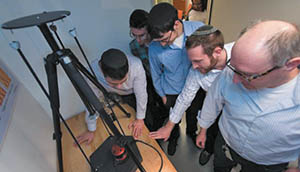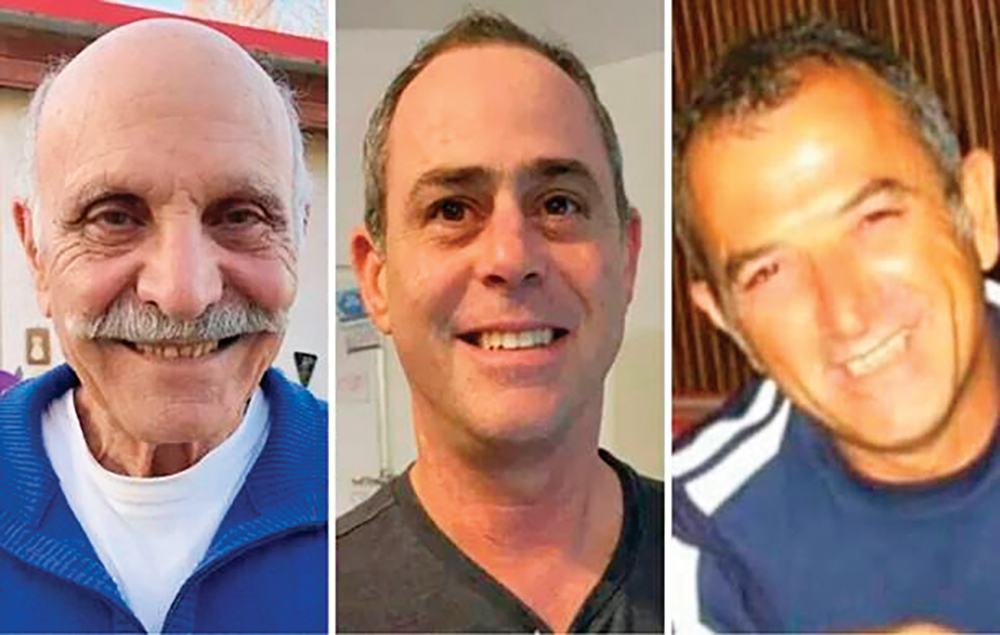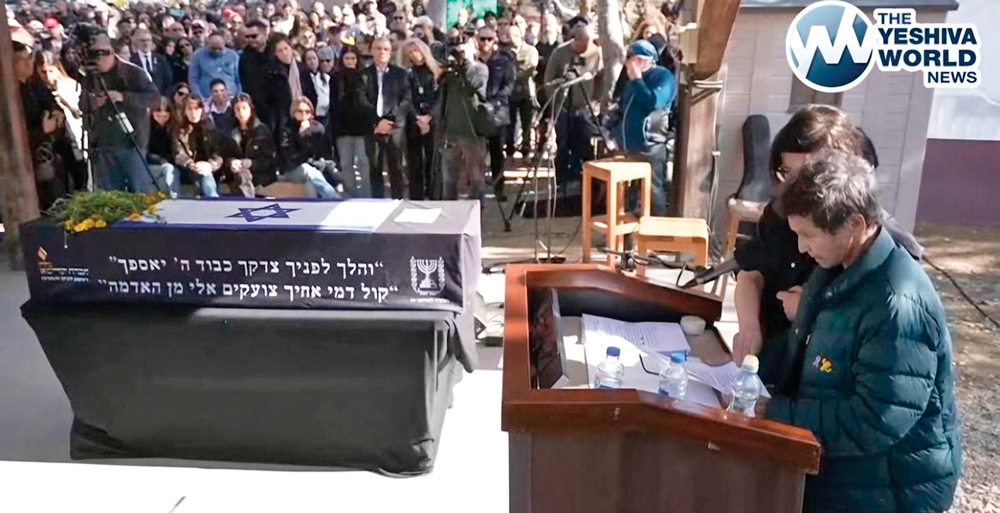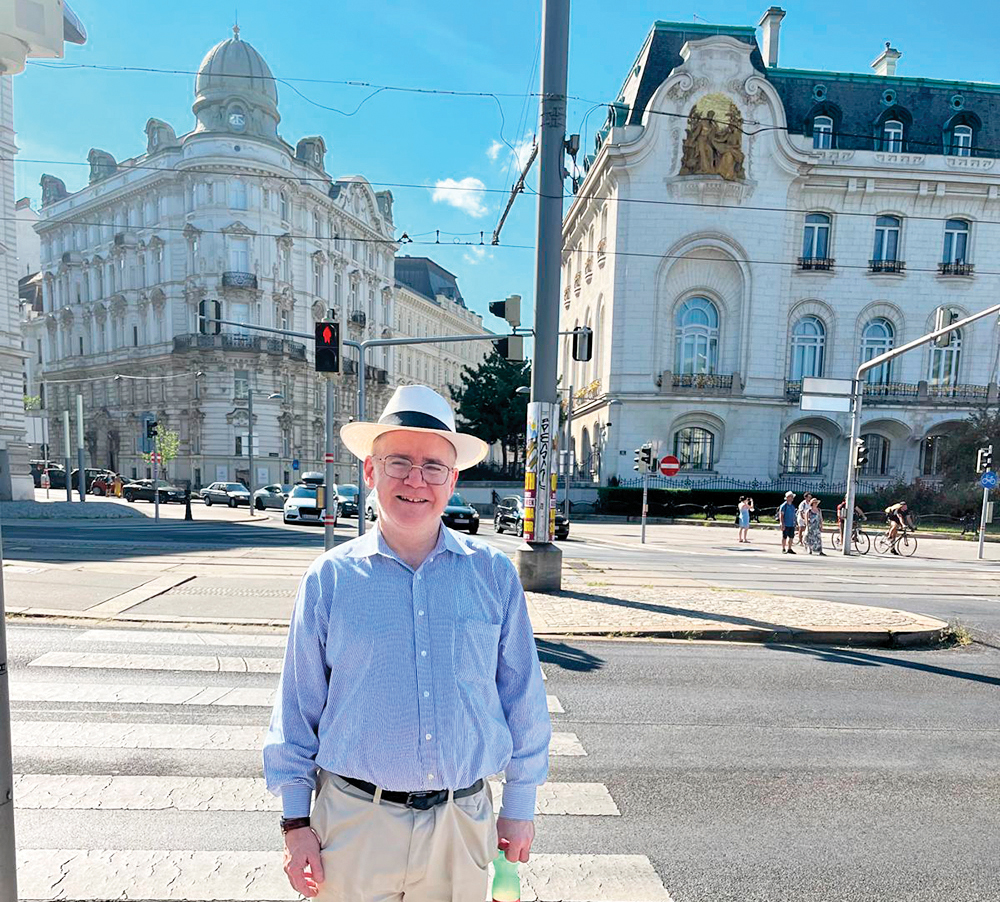

For Dr. Fredy Zypman, professor of physics and chair of the physics department at Yeshiva University’s Yeshiva College, the key to big advances in the creation of everything from medicine to electric cars might lie in a better understanding of something small: nanoparticles.
Along with Zypman’s research colleague, Dr. Steven Eppell, associate professor of biomedical engineering at Case Western Reserve University, Zypman has been awarded a $412,000 grant by the National Science Foundation to develop a groundbreaking technique that will allow scientists to map and measure electrical charge distribution on the surface of nanoparticles and tiny molecules. Eppel will collect the experimental data, while Zypman focuses on the theoretical analysis and software development at YU. Charge distribution plays a critical role in many natural processes. For example, it determines the communication that allows some proteins within the bodies to create tissue, a mechanism called “self-assembly” which in and of itself could yield revolutionary advances in biology and disease treatment if it was better understood. By providing scientists with a tool to determine exactly where charges are located and what the charge value is within a specific molecule, Zypman’s research could provide valuable insight into how that process could be recreated for medicinal purposes.
Teaneck, New Jersey, resident Chaim Metzger is among four student researchers at Yeshiva College who will conduct research with Zypman for the grant.
“If we knew where charges were located in a protein, we would also know what the forces of interaction were that would cause them to self-assemble correctly, but the main problem for us is that we don’t know where those charges are,” said Zypman. “We’re at a very primitive stage of understanding the charge content of very small systems. Proteins, nanoparticles—we’re talking about systems that are 10,000 to 100,000 times smaller than the thickness of a hair. People commonly use 100-year-old techniques to measure charges in systems like this.”
According to Zypman, the key to advancing our understanding of these systems is hidden in the sensor of an atomic force microscope, a high-resolution device that allows scientists to study objects at a resolution higher than 1,000 times the magnitude of a standard optical microscope. Zypman’s goal is to develop a technique that will help researchers understand the sensor’s behavior so they can retrieve and analyze that data, a feature that hasn’t been developed by the companies that produce the microscope. To achieve this, he and his student researchers—currently four Yeshiva College students assisting him with the project and supported by the grant, along with a PhD student who will join them next fall—have to analyze the dynamics of the atomic force microscope in an unconventional way.
“I’m looking to determine the constants that will be applied to improve the mapping of objects in fluid,” said Metzger, a senior majoring in mathematics and physics who hopes to pursue a PhD in applied physics after graduation, in addition to semicha at YU’s Rabbi Isaac Elchanan Theological Seminary and a master’s at its Bernard Revel Graduate School of Jewish Studies. “Professor Zypman allowed me to help shape the experiment and find a more experimental-based thesis, even though his research is generally more theoretical.”
Ultimately, Zypman hopes to create a graphic user interface and package the software he and his students design to make this information easily accessible to researchers and industry, because understanding charge content and location in small systems could solve problems in fields that range from biology and chemistry to environmental science and car design. He anticipates the new grant will help him and his collaborators see meaningful results from their work in a few years.













